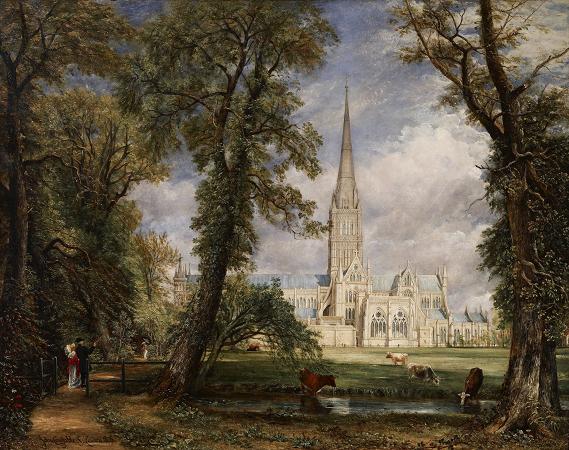Subject. Art is a diverse range of human creative expression, encompassing various forms such as painting, sculpture, architecture, music, literature, and performance arts. It has been an essential part of human culture since prehistoric times, serving as a means of communication, expression, and aesthetic appreciation. Art has the power to evoke emotions, challenge societal norms, and inspire innovation. Three of the most influential artists in history were Leonardo da Vinci Michelangelo and Pablo Picasso. Da Vinci was a Renaissance polymath who excelled in painting, sculpture, architecture, science, and engineering. His iconic works, such as the Mona Lisa and Last Supper, exemplify the Renaissance ideal of humanism and intellectual curiosity. Michelangelo, a master of Renaissance sculpture and painting, created iconic works like David and the Sistine Chapel ceiling frescoes. His mastery of human anatomy and dramatic composition continues to inspire artists today. Picasso, a leading figure of the 20th-century art world, revolutionized painting and sculpture with his groundbreaking Cubist style. His works, including Guernica and Womwn of Avignon challenged traditional notions of form and perspective. Early Western Christian art gradually evolved into Byzantine art with its emphasis on religious iconography and intricate mosaics. Medieval art featured illuminated manuscripts, Romanesque architecture with thick walls and rounded arches, and later transitioned into the Gothic period known for its soaring cathedrals and pointed arches. In the 14th century, European art saw the emergence of the International Gothic style, characterized by intricate detailing and elegant figures. This period paved the way for the Renaissance in the 15th century, marked by a resurgence of classical ideals, perspective, and humanism in artistic expression. The 16th century witnessed the apex of the High Renaissance, showcasing exceptional technical skill and harmonious compositions. By the 17th century, the Baroque period dominated, featuring dramatic movement, emotion, and the interplay of light and shadow in artworks. In the 18th century, Neoclassicism arose, advocating for a return to classical themes and ideals. The 19th century brought about the rise of Romanticism, which prioritized emotion, imagination, and the sublime in art. The 20th century saw the advent of Modernism, challenging traditional artistic conventions and giving rise to various avant-garde movements. There is no generally agreed definition of what constitutes art, and its interpretation has varied greatly throughout history and across cultures. In the Western tradition, the three classical branches of visual art are painting, sculpture, and architecture. Theatre, dance, and other performing arts, as well as literature, music, film and other media such as interactive media, are included in a broader definition of the arts. Until the 17th century, art referred to any skill or mastery and was not differentiated from crafts or sciences.
more...








